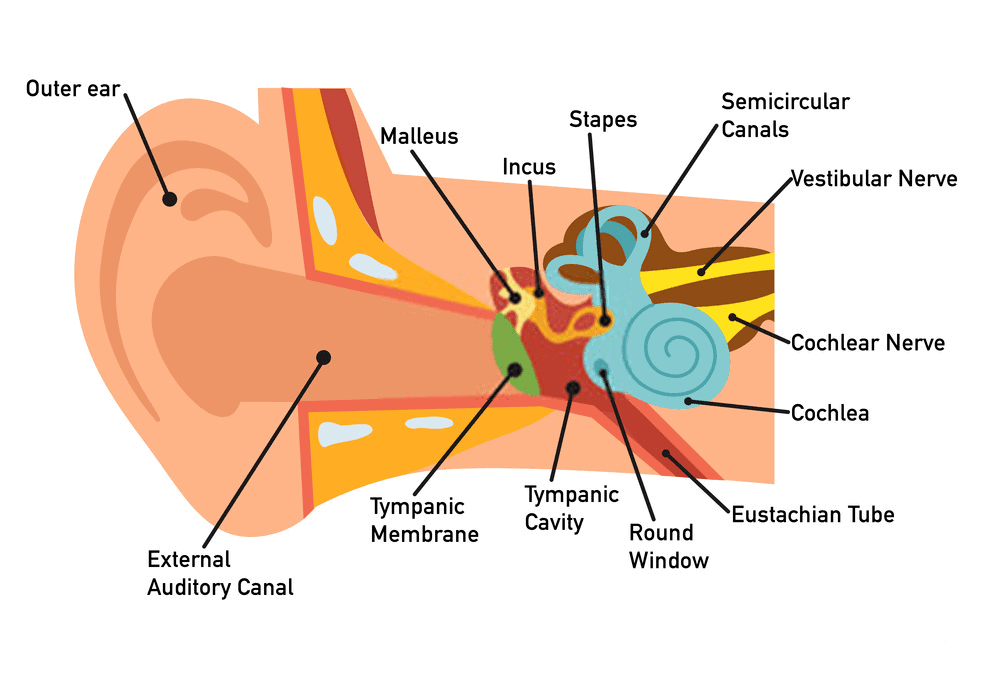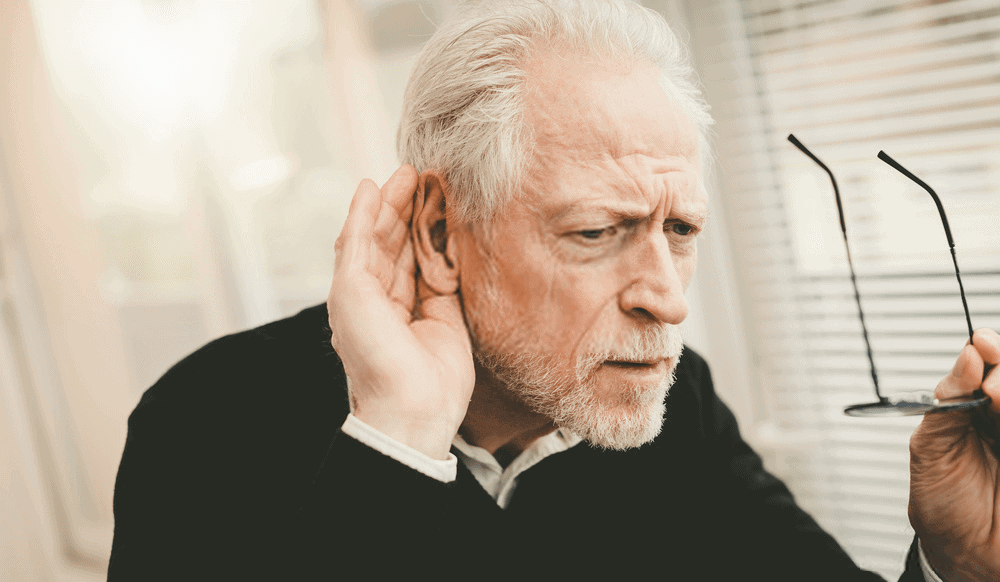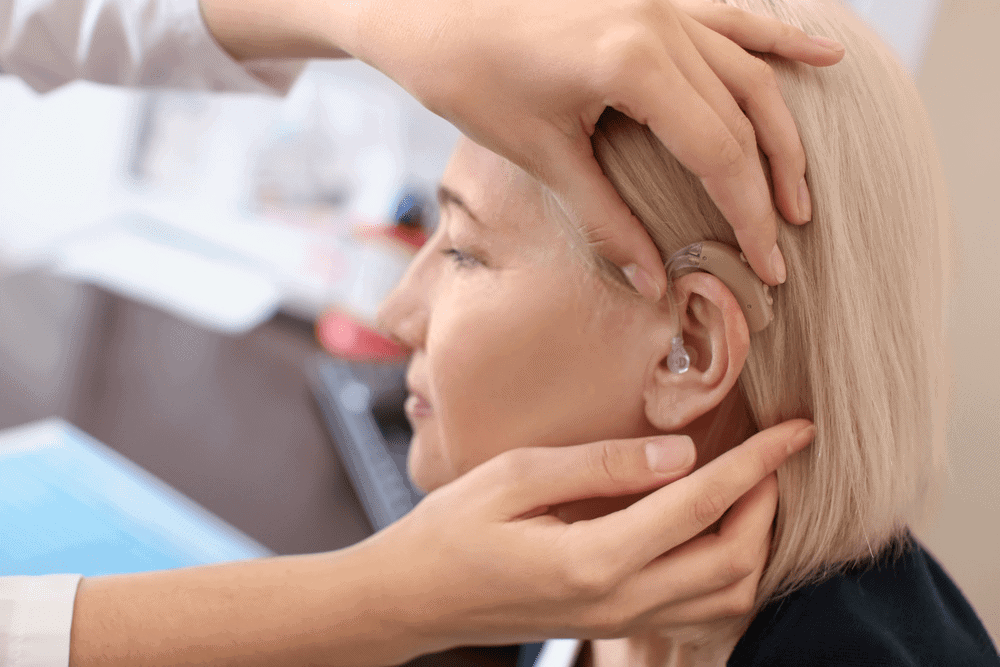Hearing 101: The Ultimate Guide To How Your Hearing Works

If you are experiencing hearing problems or any other problem with your ears, it is useful to have an idea of how your hearing works. We’ve put together a guide for you to help you understand this sensory organ better.
Physical Structure and Function
The ear is the organ responsible for hearing. Hearing is our perception of sound. The anatomy of the ear is quite intricate but is made up of three main parts: the outer ear, middle ear, and inner ear.
The Outer Ear
The outer ear includes all visible parts such as the earlobe and the auricle. The auricle is the bit of cartilage covered by skin. Together the ear lobe and auricle are called the pinna.
The outer ear also consists of the auditory canal—also called the ear canal—and the tympanic membrane, which is the outer layer of the eardrum.
The special shape of the outer ear captures sound. Sound travels down the ear canal and causes the eardrum to vibrate. These vibrations move the bones of the middle ear.
The Middle Ear
The middle ear includes the eardrum and the ossicles, which are the tiny bones of the middle ear. Most of us learn the names of these bones in school:
- the hammer (or malleus) – a long handles attached to the eardrum;
- the anvil (or incus) – the bridge bone between the hammer and the stirrup; and
- the stirrup (or stapes), which is the footplate, and the smallest bone in the human body.
The bones of the middle ear are designed to amplify the sounds we hear.
Also part of the middle ear is the eustachian tube. It equalises the pressure between the air outside the ear and pressure within the middle ear.
The tube is normally closed but can open involuntarily when you swallow, yawn or chew. You can intentionally open it to equalize pressure in the ears when at high altitudes or when flying in a plane. When this happens, you will probably hear a soft popping sound.
The Inner Ear
The inner ear is where sound is converted into electrical signals and transmitted to the brain. The parts of the inner ear are
- the oval window, connecting the middle ear to the inner ear
- semicircular ducts, filled with fluid and attached to the cochlea and nerves, that send information to the brain on balance and position of the head
- the spiral-shaped cochlea that transforms sound into signals that get sent to the brain; and
- the auditory tube, which drains fluid from the middle ear into the throat behind the nose
The three small bones in the middle ear move the fluid in the cochlea, which causes movement of tiny hair cells within. Movement of these hair cells creates electrical impulses which are sent along the auditory nerve to the brain.
To hear, all three sections must function correctly and be working together.
What Causes Hearing Loss?
Hearing loss occurs if any of the structures of the ear are not functioning properly. Alternatively, if the part of the brain which processes sound is not working properly, sounds may become distorted or inaudible, and cause hearing loss.

Types of Hearing Loss
We are going to get a little technical now, but hopefully in a way that makes sense to you. The three basic types of hearing loss are called conductive, sensorineural, and mixed.
The information in this article is for general awareness only and is not intended as expert advice. We recommend that you consult an ear specialist if you experience any of the symptoms of hearing loss listed below.
Conductive Hearing Loss
Conductive hearing loss occurs when sound does not reach the eardrum and the middle ear easily through the ear canal. If you have conductive hearing loss, sounds will seem softer and harder to hear. Usually, this kind of hearing loss can be corrected medically or surgically.
Causes of conductive hearing loss include:
- Fluid in the middle ear from colds or allergies
- Ear infection (also called otitis media)
- Poor eustachian tube function
- Hole in the eardrum
- Too much earwax (cerumen)
- Swimmer’s ear (external otitis)
- Foreign body trapped in the ear canal
- Malformation of the outer ear, ear canal, or middle ear
Sensorineural Hearing Loss
Sensorineural hearing loss (SNHL) occurs if there is damage to the inner ear or the nerve pathways from the inner ear to the brain. SNHL is the most common type of permanent hearing loss since medical or surgical correction is not often possible.
People with SNHL have difficulty hearing faint sounds. Even if speech is loud enough to hear, it may still be experienced as unclear or muffled.

Possible causes of SNHL include:
- Certain drugs toxic to hearing
- Genetic or hereditary hearing loss
- Ageing
- Head trauma
- Malformation of the inner ear
- Exposure to loud noise.
Some people experience a combination of sensorineural and conductive hearing loss, called mixed hearing loss.
Remember that hearing loss is often gradual. It is normally the people around you, rather than you yourself, who will recognise the symptoms first. Don’t be stubborn: get your hearing checked!
Take Care of Your Ears!
Taking good care of your ears is much like taking good care of your teeth and hair. It should be part of your routine. Here’s a quick checklist of what you should and shouldn’t do:
Do:
- get your ears and hearing checked regularly
- have a professional remove excessive ear wax or any small object stuck in the ear canal
- use earplugs to protect your hearing in noisy environments
- dry your ears after showering or swimming
- stay physically active; a healthy circulation system helps keep your ears healthy.
Don’t:
- put cotton swabs in your ear canal, or poke about with other objects
- crank up your headphone volume
- ignore pain or drainage from your ears — go to a doctor
- smoke; smoking compromises the circulation system, which affects your hearing.
Importance of Ear Tests
Even if you don’t notice any reduction in your hearing ability, you should have your ears tested periodically. Loss of hearing can affect you at any age.
Early diagnosis of possible hearing problems in children is important too. This is mainly because hearing problems can cause delays in language learning, and learning skills generally.
Get in Touch
If you have any questions about your hearing or ear problems, we urge you to contact Audiologists from Hearing and Audiology or a hearing specialist near you soon.
Did you know that Hearing and Audiology gives pensioners a free hearing consultation? If you live in the Perth area, or in Geraldton, get in touch to book an appointment.

